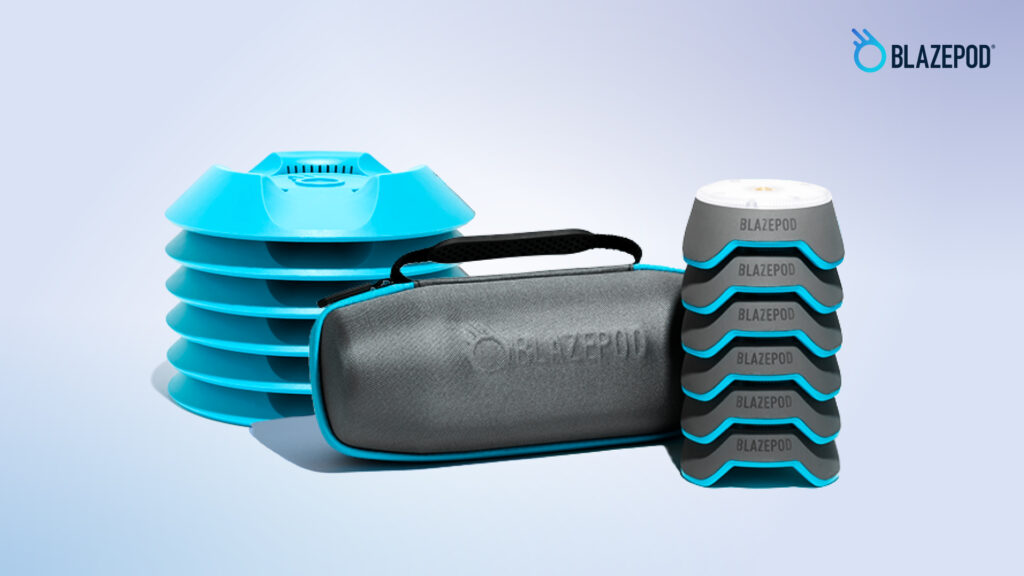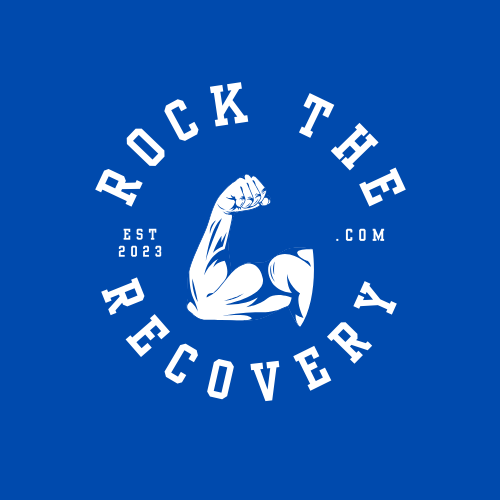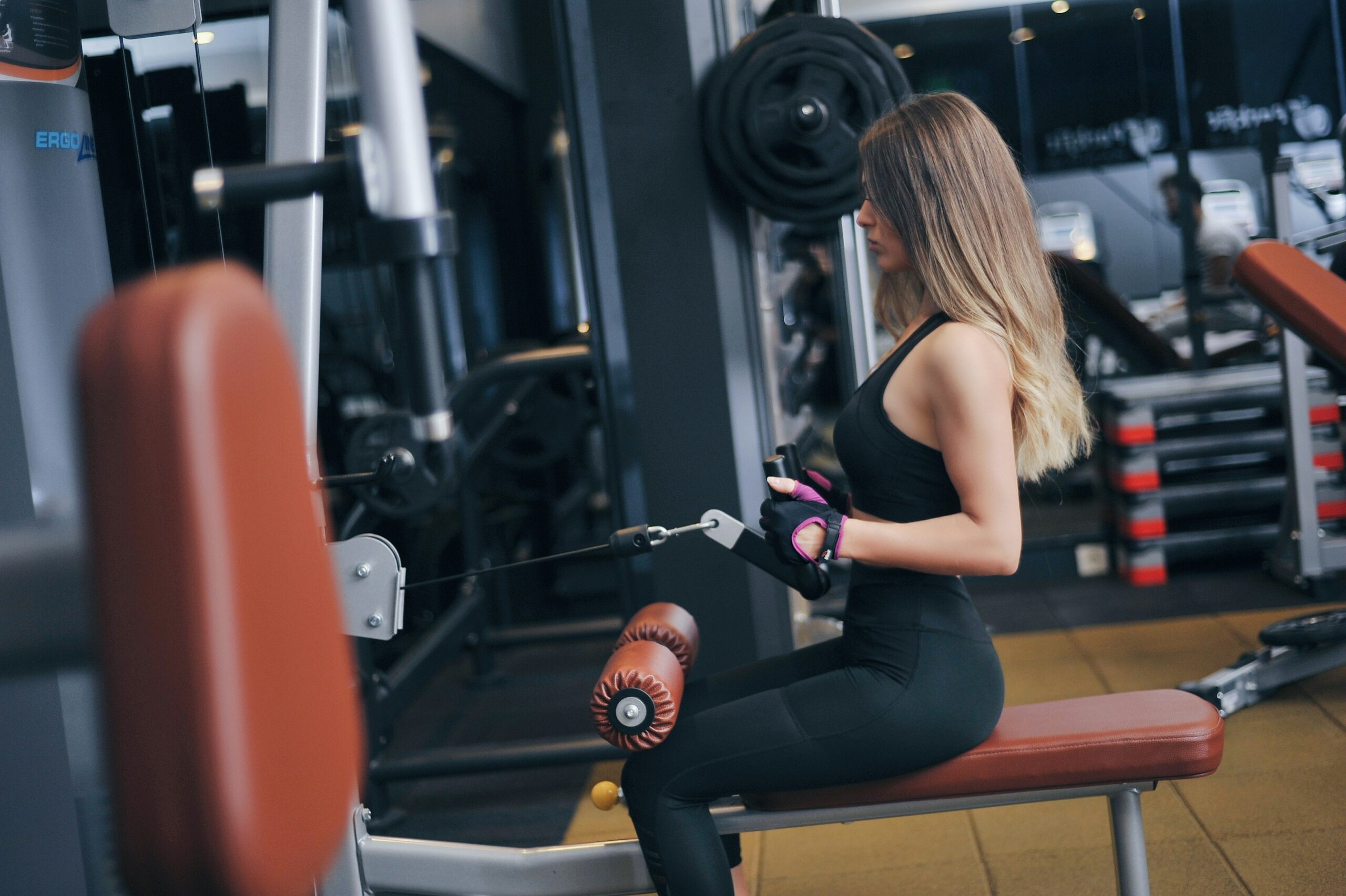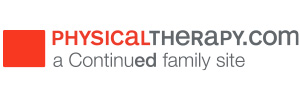One afternoon I was mulling over a current patient I have who is dealing with unexplainable spasticity in his lower leg. As I was going through differential diagnosis in my mind, it got me thinking about the spasticity feedback loop that occurs between the paretic muscle through the spinal cord reflexively back to the spastic muscle. Now at this point you might be asking why we are talking about a neuro case during posture week?! Well, hold tight and I’ll tell you.
Postural Neural Connection
The concept of this negative feedback loop got me thinking about how our body’s respond to imbalances in ‘healthy’ situations. The balance for instance between agonist and antagonist muscles, or postural muscles. From there I mulled over the neural connection and mapping that occurs from long standing changes to the spine and the soft tissue around it like, muscle length. Is it so outlandish to consider that your body ultimately causes inhibition to postural muscles when they are not utilized appropriately? How easy our jobs would be if our body naturally reminded the muscles that they are making us slouch, and actually sent reminders to correct it? We only get reminders when we start to ache, or we look in the mirror.

Was What I was Doing, Helpful?
From there I got to thinking about my time in outpatient rehab and how I approached posture in my early career. Or how many of us approach kyphotic, rounded shoulder posture today. I would educate the patient on a perfect row, some horizontal abductions, or diagonals with therapy bands. Maybe some Sahrmann exercises, and isometric cervical retractions. If they were able, T’s, Y’s, maybe serratus presses? How about a corner pec or bicep stretch behind the back. Then I would give them “the talk” educating them about how they need to address their ergonomics. I may have asked them about their livelihood and given a few ideas. I’d print all this out for a home exercise program (HEP) and send them on their way.
Now were these helpful? Sure. But can I say that treating someone for 4-6 weeks that I ever noticed: “wow look how much better your posture appears!” Were they doing their exercises at home? Who knows. But would it even matter? Posture is a 24-hour fight and struggle based in a world where everything we do is out in front of us. I always have felt that this type of approach is a mediocratic attempt to feeling like we are doing something for our patients. Would a 15-minute routine of exercise geared on strengthening type I muscle fibers in an eccentric/concentric way really help postural stabilizers (isometric/type II fibers)?
Epiphany:
So, while I sat there having this epiphany about balance of postural muscles. I realized that when I start to look at postural changes as a neural issue, instead of a strength issue, my mindset started to change. I started thinking about what tools we have as Therapists to change the way our nervous system is communicating with our mid-back and periscapular muscles. What if we took years of postural deformity and treated it more like an acute neurologic event. From there, I put together a Physical Therapy routine to perform to focus on posture in this light.
New Treatment Approach:
For starters, I think we all already understand that you have to have the range of motion first before we attempt improved posture. This can be done through a variety of stretches and manual techniques. We’ve done a thorough exam checking things like lumbopelvic strength, cervical and shoulder range of motion, and scapular positioning and Rhythm.

97032
Our first addition to our treatment regimen is a neuro reed E-stim to the thoracic spine, like PENS. This is gentle enough to be done while performing many of the above exercises. Neuro reed E-stim is designed to “wake up” the nerves and improve motor engagement of the muscles. Now, I’m not a huge advocate of this modality, but in this case used in conjunction with Ther ex/neuro reed strengthening, it can help facilitate improved nerve reeducation.
97112
Next lets us look at how we are doing our exercises. Consider for a moment how postural muscles work when prescribing the exercises. For instance, when we look at our infamous rows. Instead of higher weights, let’s consider dropping the intensity by 30-40%. Instead of performing just concentrically/eccentrically, lets add a prolonged 10-15” isometric hold at a comfortable position for the arms at neutral. This should be applied to as many exercises as appropriate. This way we are holding the contraction where we want their posture to be and sustaining it with light resistance.
Next, we have to look at how are we going to maintain good behavior at home. Telling our patients to keep their shoulders back, is not going to work. Consider recommending a posture brace. This can be utilized to help restore appropriate neural mapping and awareness. Obviously, we don’t typically want to brace unless absolutely necessary. However, if we truly want to make any difference in our patients, we need to look at this as the round the clock issue. After a few months of wearing, and we have reestablished appropriate postural neural connections. You might consider weaning the patient off at that point. At this stage the patient would be strong enough from exercise, and neural remapping to maintain good posture.
Wrap Up:
Posture issues are grown from habits over years and years of bad behaviors. Introducing basic therapeutic exercises of upper back muscles may help maintain range of motion, and muscle balance. However, it is my opinion that for true postural changes, we need to look at posture with more than what we can do in 25 minutes of exercise. Long term neurologic remapping of your proprioception and body awareness has left your body on a sinking ship. Looking at posture changes as a neural imbalance, for instance like a stroke, we can consider improving the problem in a different way. If someone had spasticity in their ankle, you might consider e-stim, bracing, and out of the box thinking with your neuro reed. Much like is necessary for posture rehab. I hope this article has made you realize that posture needs the same approach.
Check out more posture week and other new articles by subscribing to our Facebook, LinkedIn, or Twitter pages. Or check out more articles here.


